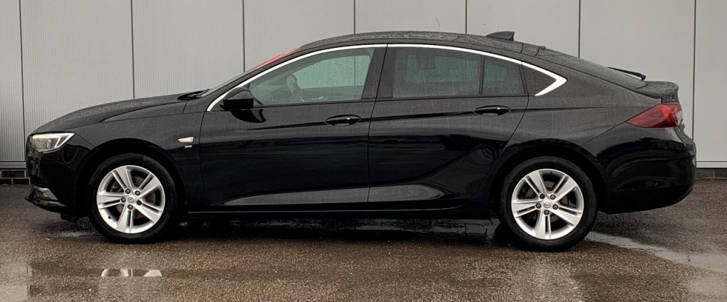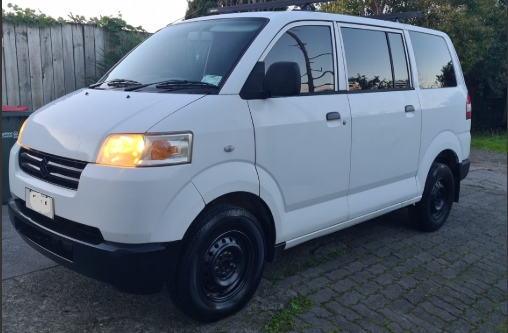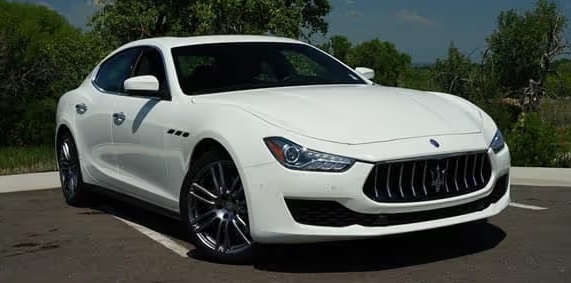The Evolution of the Opel Insignia
The Opel Insignia is a significant model in the German automaker’s lineup, representing Opel’s commitment to combining advanced technology, stylish design, and versatile performance. Since its debut, the Insignia has undergone a remarkable evolution, adapting to changing market trends and technological advancements. This article provides a detailed, factual overview of the Opel Insignia’s journey from its inception to the present, including production years, model variations, and trim levels offered throughout its history.
Introduction and Background
Opel, a subsidiary of Stellantis (formerly PSA Group), launched the Insignia as a mid-size/large family car to succeed the Opel Vectra. The Insignia was designed to compete with models like the Ford Mondeo, Volkswagen Passat, and Mazda6. Its first generation set the tone with innovative styling, advanced features, and multiple body styles.
First Generation Opel Insignia (2008–2017)
Production Years: 2008 – 2017
The first-generation Opel Insignia was officially introduced in 2008 at the Geneva Motor Show. It marked a significant departure from previous Opel models, emphasizing a sleek, modern design and a focus on technology and comfort.
Design and Platform
- Built on the GM Epsilon II platform (shared with Saab 9-3, Cadillac BLS).
- Offered in sedan, hatchback (GTC), and station wagon (Sports Tourer) body styles.
Engine Options
- Petrol: 1.6L, 1.8L, 2.0L Turbo, 2.8L V6 (in some markets)
- Diesel: 1.7L CDTi, 2.0L CDTi, 2.0L BiTurbo CDTi
Trim Levels and Models
In its initial launch, the Insignia was available in various trims, which varied by market:
- Opel Insignia Essentia: Base trim focusing on essential features.
- Opel Insignia Edition: Mid-range trim offering additional comfort and technology.
- Opel Insignia Sport: Sportier trims with enhanced suspension and styling.
- Opel Insignia Cosmo: Top-tier trim with luxury features, leather upholstery, and advanced tech.
Over time, additional special editions and packages were introduced, such as:
- OPC (Opel Performance Center) Models: The high-performance variant, the Insignia OPC (later GSi), offered a turbocharged 2.8L V6 engine producing up to 325 horsepower, sport-tuned suspension, and aggressive styling cues.
Notable Features
- Introduction of Opel’s FlexRide adaptive suspension system.
- Advanced infotainment options, including touchscreen displays.
- Safety features like lane departure warning, adaptive cruise control, and parking assist.
Facelift (2013)
In 2013, the Insignia received a significant facelift, which included:
- Updated front grille and headlights.
- New taillight design.
- Improved interior quality.
- Introduction of new engine options, including more efficient diesel variants and a 1.4L turbo petrol.
Second Generation Opel Insignia (2017–Present)
Production Years: 2017 – Present (as of 2023)
The second-generation Opel Insignia was unveiled in 2017 at the Geneva Motor Show. It represented a major overhaul in design, technology, and engineering, reflecting modern styling cues and advanced connectivity features.
Design and Architecture
- Built on the PSA EMP2 platform (shared with Peugeot 508 and Citroën C5 Aircross).
- Features a more refined, coupe-like silhouette with sleek lines and a modern stance.
- Available in sedan and Grand Sport wagon variants; the hatchback was replaced by a liftback design.
Powertrain Options
- Petrol: 1.2L, 1.4L, 1.5L, 1.6L, 2.0L turbocharged engines.
- Diesel: 1.5L, 1.6L, 2.0L CDTi engines.
- Hybrid: Plug-in hybrid variants introduced later, such as the Insignia GSi Hybrid.
- High-performance variants (GSi) available with 2.0L turbocharged petrol engines.
Trim Levels and Models
The second-generation Insignia was offered in multiple trims, tailored to market preferences:
- Design: Entry-level trim with essential features.
- GS Line: Sporty styling elements, larger wheels, and upgraded interior features.
- Elegance: Focused on luxury and comfort, with leather seats and advanced infotainment.
- Ultimate: Top-tier trim with the most comprehensive features, including advanced driver-assistance systems.
High-Performance Variants
- Insignia GSi: Introduced in 2018, this model features a 2.0L turbocharged petrol engine producing 260 horsepower, sport-tuned suspension, and aggressive styling enhancements.
- Insignia GSi Hybrid: Introduced around 2022, combining a 1.5L turbo petrol engine with an electric motor for increased efficiency and performance.
Technology and Safety
- Opel’s IntelliLux LED matrix headlights (available on higher trims).
- Advanced driver-assistance systems such as lane keep assist, adaptive cruise control, automatic emergency braking.
- Infotainment systems with Opel’s IntelliLink, Apple CarPlay, Android Auto, and navigation.
Facelift (2020)
In 2020, the Insignia received a mid-cycle refresh, which included:
- Updated front and rear design elements.
- New LED lighting signature.
- Improved interior materials and technology features.
- Updated engines with better efficiency and emissions.
Special Models and Limited Editions
Throughout its production, the Opel Insignia has seen several special editions and variants:
- Insignia OPC / GSi (2009–2017; 2018–Present): High-performance models with enhanced engines and sport-tuned suspensions.
- Insignia Country Tourer: A rugged estate version with increased ground clearance and off-road styling cues.
- Insignia Grand Sport vs. Sports Tourer: The sedan and wagon variants catering to different customer preferences.
- Limited Editions: Various markets have seen special trims like the “Black Edition,” “Elite,” or “Plus,” often bundled with unique styling and tech features.
.
We LOVE cars & cruising around, but sometimes day trips to explore new cities are required (with family or friends) for a spice of variety in your life!
So GO explore!
Cruises & Day/Night City Tours to: Baltimore, Boston, Chicago, Marina Del Ray, New York, Niagara, Philadelphia, San Diego, San Francisco, Toronto, Washington DC, etc.:

.
Notable Milestones and Impact
- The Opel Insignia was awarded the “European Car of the Year” in 2009, underlining its significance.
- Its innovative design and technology set new standards for Opel and influenced future models.
- The model’s transition from traditional internal combustion engines to hybrid variants aligns with global shifts toward electrification.
Conclusion
The Opel Insignia’s evolution from 2008 to the present demonstrates a trajectory marked by technological innovation, design refinement, and adaptability to market demands. Its first generation established Opel’s presence in the mid-size segment with a focus on style and technology, while the second generation reinforced its position with cutting-edge features, efficient powertrains, and modern aesthetics.
Throughout its lifecycle, the Insignia has been offered in various models and trim levels, catering to a broad spectrum of consumers—from those seeking basic transportation to enthusiasts desiring high-performance variants. Its ongoing development reflects Opel’s commitment to producing versatile, innovative vehicles that combine comfort, safety, and driving pleasure.
As of 2023, the Opel Insignia continues to evolve, with new hybrid and electric options on the horizon, ensuring its relevance in a rapidly changing automotive landscape. Its journey exemplifies how a single model line can adapt and thrive over decades, maintaining its core identity while embracing new technological frontiers.







